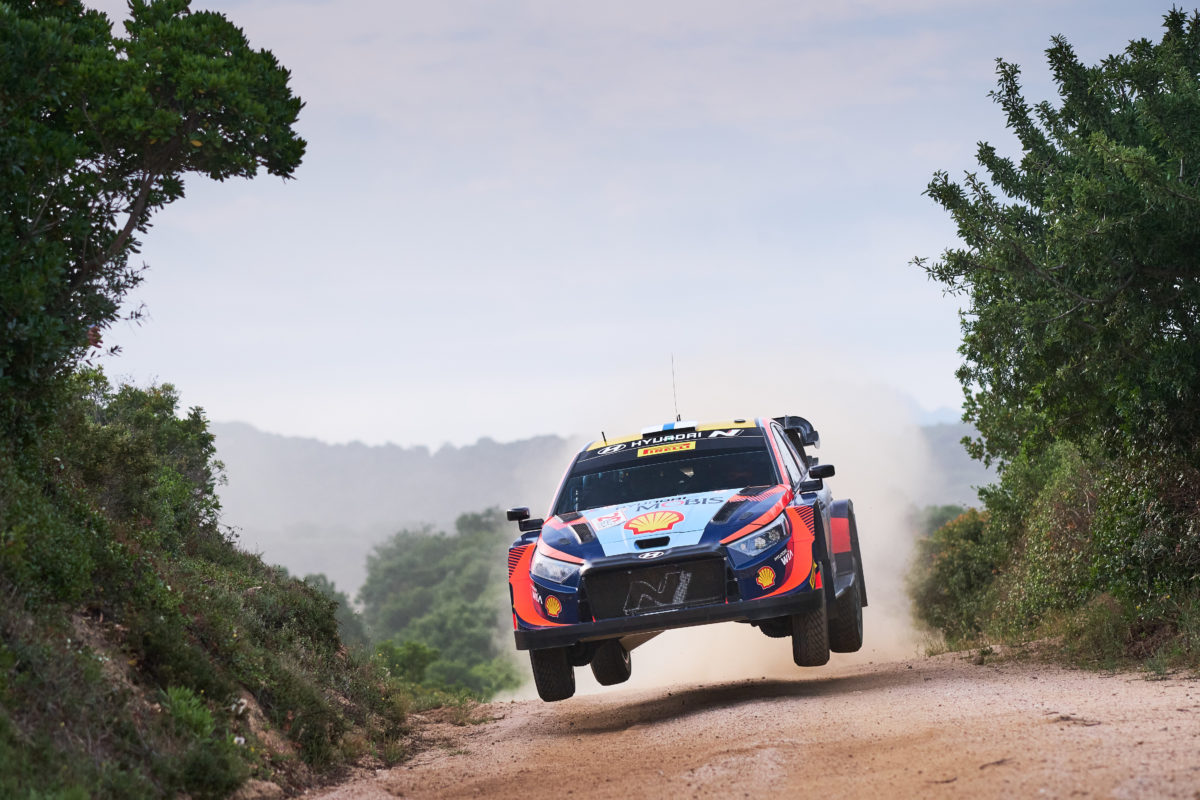

Safari Rally Kenya has always been a reputation for being an unknown quantity in the World Rally Championship – as Esapekka Lappi is going to find out when he makes his debut there this week.
Lappi and M-Sport Ford’s Pierre-Louis Loubet are the only two points-scoring drivers from the current Rally1 breed to never have appeared on the entry list of the Naivasha-based event before now.
Experience, as the saying goes, is everything and that is even more pertinent on a rally that has a wealth of obstacles that need to be overcome, from soft sand known locally as ‘Fesh-Fesh’ that can bog down a $AUD1.6m rally car in seconds to wildlife roaming the vast savannah.
For that reason, says Lappi, extending his run of podium finishes to four could be a tall order even with the help of in-car footage. “It’s harder work than normal to prepare for Safari Rally,” he said.
“I’ve watched as many onboards as possible to understand how you should drive on each of the specific areas. It’s another gravel rally, and we know the i20 N Rally1 performs well on this surface.
“I’ve also heard there are a lot of zebras here and they might venture onto the road, so it will be a unique experience for me with the conditions and the animals as well. Every rally we need to set the target of the podium now: we know the speed is there. That has to be our goal,” he added.
But how big a challenge is Safari Rally Kenya – and is the media guilty of blowing the whole event out of perspective? Absolutely not, according to Thierry Neuville’s co-driver, Martijn Wydaeghe.
“The greatest challenge in Kenya is that you can prepare as much as you want, but you will still have surprises,” explained the Belgian – sentiments Lappi no doubt will not be wanting to hear.
“The road book looks exactly the same as last year, but we already know that the stages will be different because of the ever-changing weather conditions. The profile is unlike anything else.
“The mix of the Fesh-Fesh and the rocky terrain creates a completely different rally. This is why it is so important to adapt to the changing speeds – the surface has such varied characteristics.”
The traditional shakedown stage took place Wednesday morning before the competitive action begins with a super special stage in Nairobi on Thursday.
Friday’s leg comprises six speed tests, followed by a further six tests on Saturday – the longest of the weekend at 150km – and the same number on Sunday which includes the Power Stage where the five fastest crews pick up bonus points.





















Discussion about this post